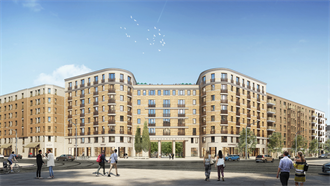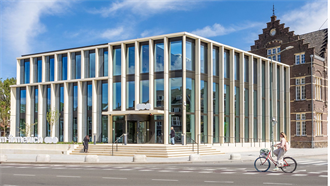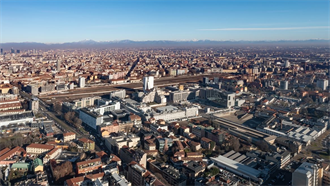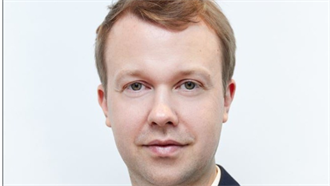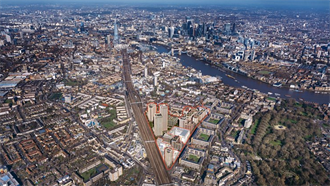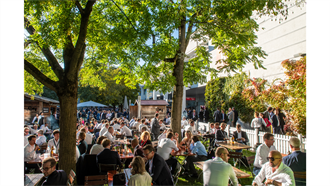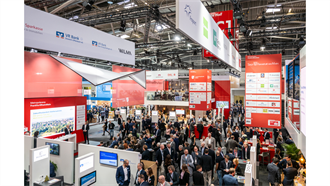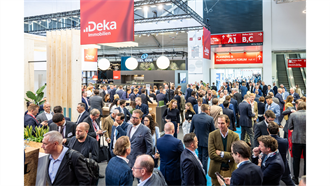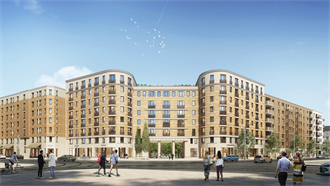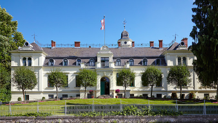Transaction volumes in Germany amounted to €22.2 bn in the first nine months of this year, marginally exceeding the year-earlier period (up 9%), according to new research from advisor CBRE.
Measured against the second quarter, the third quarter of 2024 dipped slightly by 6%. At just under €11 bn, almost half of the overall volume was accounted for by the seven top locations of Berlin, Düsseldorf, Frankfurt am Main, Hamburg, Cologne, Munich and Stuttgart compared with 39% in the same period last year.
'The first interest rate cuts have contributed to stabilizing the real estate investment market further. We can meanwhile increasingly talk about a functioning market as the price expectations of buyers and sellers have increasingly converged,' said Kai Mende, CEO of CBRE Germany. In addition, greater market momentum set in through selling to procure liquidity and sales from insolvencies. Over the past nine months, €2.6 bn was attributable to insolvency sales alone.
'The real estate investment market is nevertheless facing multiple challenges. Accordingly, the transaction momentum in the third quarter entered a slight downturn compared with the second. Heightened uncertainty from economic policies is hampering the investment activities of companies and real estate investors and prompting protracted due diligence and decision-making processes in allocating property,' added Jan Linsin, head of Research at CBRE Germany.
After June 2024 when the European Central Bank (ECB) cut interest rates for the first time in five years, this measure has recently been followed by second step in lowering the main refinancing rate to 3.65% – further cuts are conceivable this year. Financing interest rates (euro mid-swap) had settled at around 2.3% by the end of the third quarter, which is almost one percentage point below the previous year’s figure. Conversely, long-term interest rates, such as yields on ten-year government bonds, have peaked and are likely to gradually decline further toward the two percent mark in the coming quarters.
'This means that real estate investments can generate attractive, risk-adjusted returns again. Investing in property is becoming increasingly attractive and offers a genuine alternative to government bonds,' Linsin commented. The end of September saw the yield on 10-year Bunds settle just above the two percent mark, reflecting an increase of around 0.9 percentage points year on year. The resulting spread is around three percentage points compared with a prime office property and almost four percentage points compared with contemporary shopping centers.
As far as logistics properties are concerned, the spread comes to 2.5 percentage points and 1.4 percent for new housing. Compared with mid-year, the prime yields on Germany’s real estate investment market remained largely stable – this figure only edged up in the warehouse and logistics segment, by 0.1 percentage points to currently 4.50%.
Residential properties took first place: at €5.3 billion, some 24% was accounted for by this asset class, followed by retail properties with €4.75 bn (21%) and then logistics properties and production real estate with €4.4 bn (20%). Office properties that are still considered problematic came in fourth place with a remarkable €4.2 bn, equivalent to 19%.
Investors channeled less funds into core products than in the year-earlier period (down 31%) while availing themselves of value-add (up 72%) and opportunistic (up 17%) investment opportunities on Germany’s real estate market. A third more was also invested in core plus product compared with the year-earlier period.
























